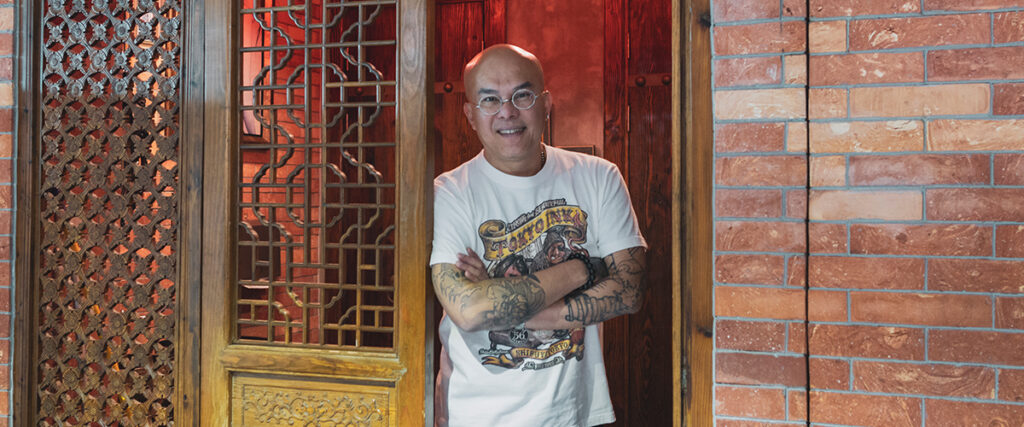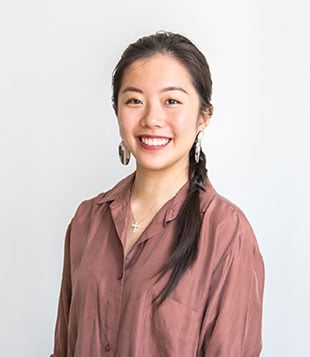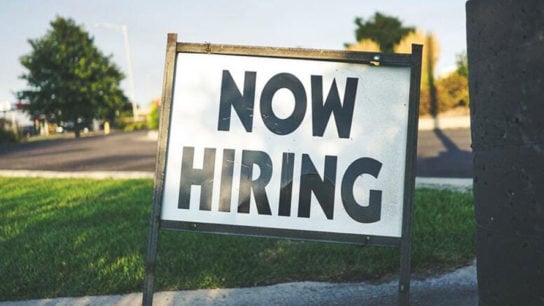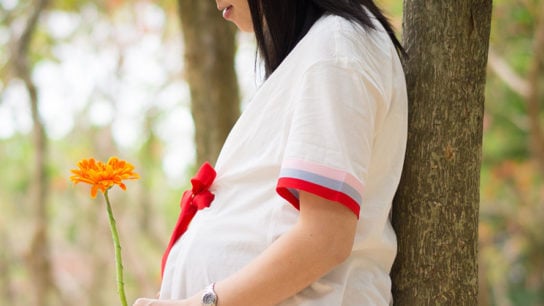Tattoo used to be taboo, but not anymore. Meet Gabe Shum, founder of Hong Kong’s Tattoo Convention, tattooist to the stars and campaigner for his craft.
Asia’s largest tattoo convention hits Hong Kong shores again this month, bringing with it its merry band of big-name artists, avid fans and parlours large and small. Masterminded by Gabe Shum, the world-famous tattoo veteran known for inking the likes of David Beckham and LeBron James, the three-day event will take place from the 21st to 23rd of September. We sat down with him at his Freedom Tattoo Studio to talk about his determination to rebrand his art, overturning its links with gang culture to rebrand it as a mode of self expression and artistry.
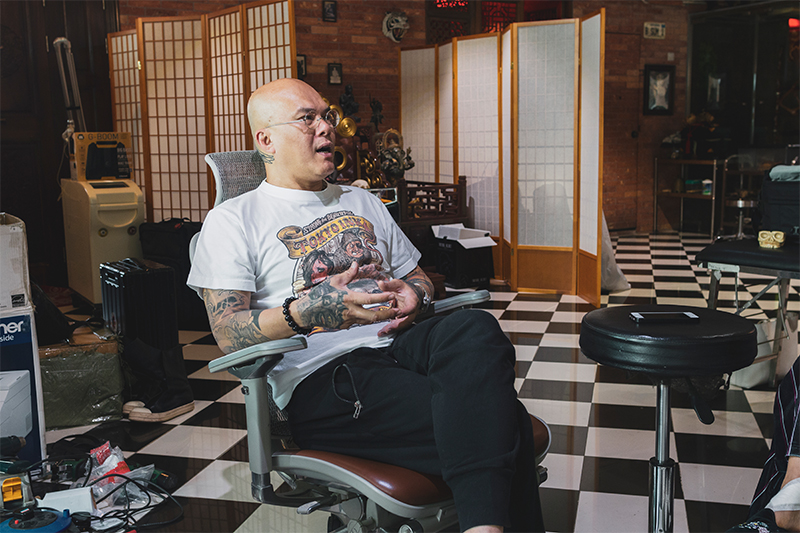
For centuries, tattoos were deemed distasteful and downright inappropriate by many in Chinese society. “I was often told by my father that tattoos stemmed from triad culture, that they were for criminals and outcasts,” recounts Malaysian-born Gabe. His interest, however was piqued, and he found himself visiting tattoo parlours to see the masters at work as a young teenager. To his surprise, his research on the subject revealed otherwise. The earliest evidence of the ancient art form dates back as long as 5,000 years. “In many civilizations, tattoos function like jewelry or clothing, to enhance the wearer’s beauty or status,” he explains. Immediately hooked, the now Hong-Kong-based artist commenced his career in the industry at just 19.

Tattoos have history in Hong Kong. Their popularity was kick-started during the colonial era, when navy ships would dock at Victoria Harbor, bringing with them tens of thousands of sailors, keen early customers who wore their tattoos as customised souvenirs. Still, the industry around them remained ad-hoc for decades. “There were only 4 tattoo parlours in the city in 1998. The techniques of local tattooists and the sanitary condition in these shops weren’t up to par with current standards,” explains Gabe, of what he found when he entered the fray.

It was visits to other international tattoo conventions that opened Gabe’s eyes to the possibilities of both a gathering on his home soil and also the level of expertise being practised globally. “Back in the 90s, I travelled quite a lot to visit conventions overseas, and I’d hear comments like, ‘You Hongkongers know nothing about tattooing!’” he remembers. A hard blow to someone with real pride in his own work, his first job was to debunk the common misconceptions surrounding his craft, many of which still centred on it being a symbol of gang membership. “The convention serves as a starting point for dialogue, to engage people in the discussion. If we don’t talk about it, people aren’t going to realise the value of tattoo. As a member of the industry, the onus is on us to defend our art,” he explains. “It was an unprecedented step. There were doubts, there were concerns. We were subjected to various inquisitions due to the sensitivity of the matter.” Overcoming them, he held his first event in 2013.
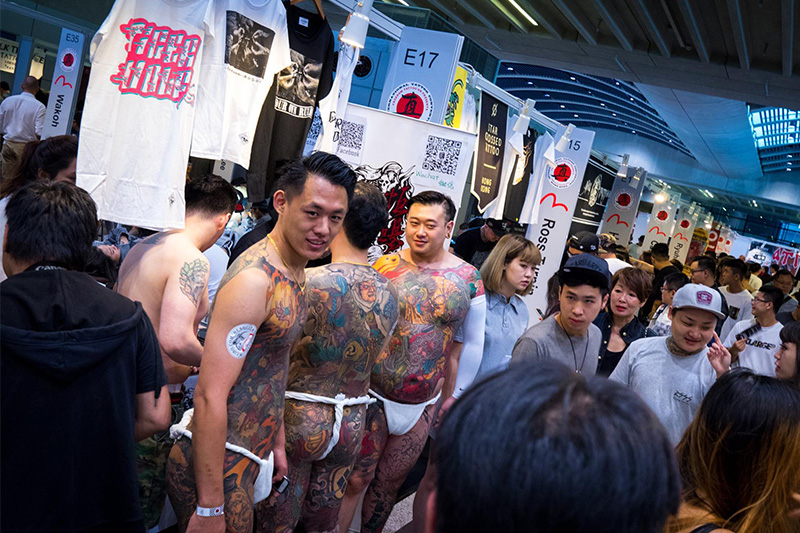
Having seen 20,000 visitors through its doors last year, it’s clear that convincing crowds is no longer Gabe’s problem. “The Tattoo Convention is a golden opportunity to showcase what Hong Kong has to offer. It exposes the general public to the art form in new and innovative ways. It provides a platform for local talents to explore different styles, find out about the latest technology in the industry and network with some of the best.” This year, they include the legendary Spanish tattooist, Robert Hernandez.
Hand in hand with the convention’s growth, Gabe has seen his city’s tattoo scene develop. The number of specialist parlours has grown from just 4 to over 200 over the last decade. Now an industry veteran, Gabe’s own passion shows no sign of slowing. With his sights set on China, he is partnering with a Shanghai studio I TATTOO TDL to co-organise this year’s event in the hope of bringing changes and perhaps another convention to the mainland. “Tattoo is art,” Gabe reiterates, “it is a personal statement; it is memories. We were born with nothing, and we will die with nothing, except for the tattoos and the memories they hold.”
Related Articles
The Female Tattoo Artist Transforming Vietnam’s Burgeoning Tattoo Scene
